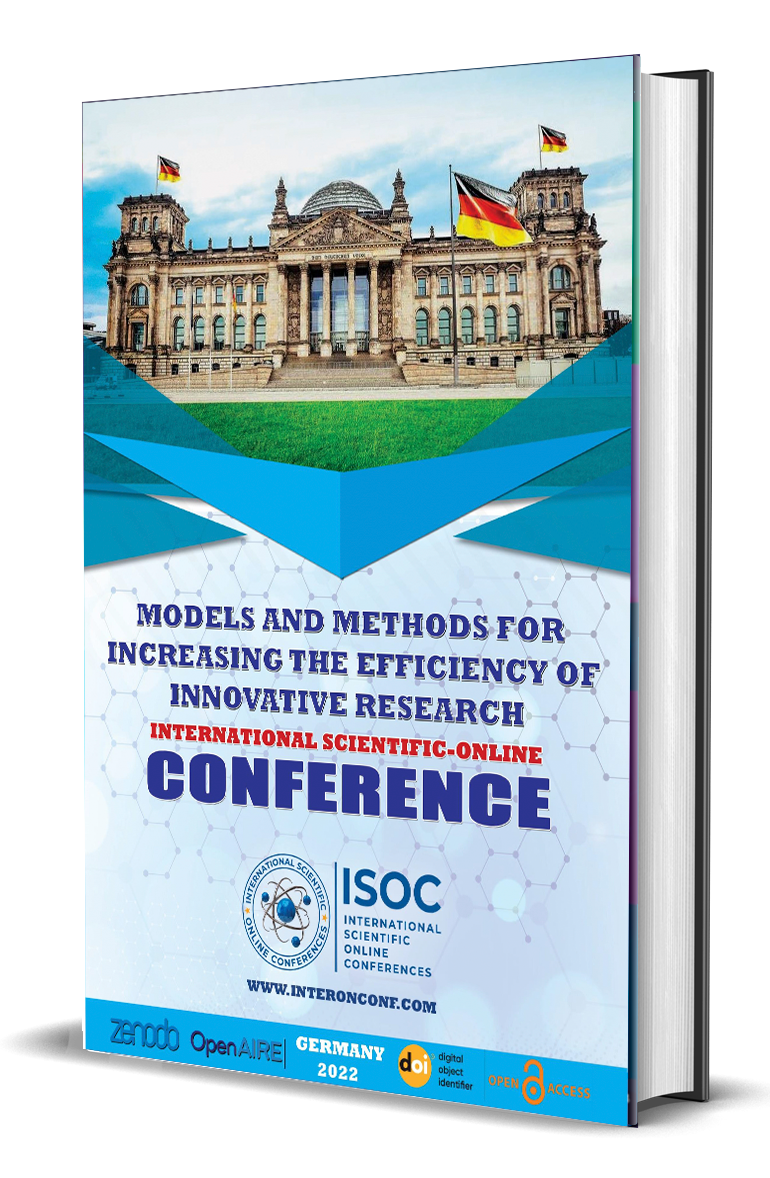THE IMPACT OF NATIVE LANGUAGE ON SECOND LANGUAGE ACQUISITION
Keywords:
medium, proficiency, vocabulary, target language, foreign language, and native language.Abstract
The problems that students have when learning a foreign language are clearly illustrated in this research. Compared to learning a non-native language, students will not take as long to acquire their first language. They are unable to understand how these Native and Non-Native languages differ from one another. There are numerous justifications for talking about how students' native tongue affects their second language acquisition. A student can acquire their target language via a variety of techniques. This essay will go into great detail about various approaches. When learning this target language, students whose mother tongue serves as their medium will encounter numerous challenges. For a kid to succeed in this cutthroat world, learning this language is crucial. A student's inability to do an interview in their native tongue is one of the causes of this. In their professional setting, improving employability skills is equally crucial.
Downloads
References
M.L. Tickoo :Teaching and Learning English : Orient Blackswan,Paperback,2003
Approaches and Methods in Language Teaching By Jack C. Richards, Jack Croft Richards, Cambridge University Press, Cambridge,2001.
Ashraf Rizvi. Effective Technical Communication, Tata McGraw-Hill Education, 2005
Hanumanthrao, C.R. (2011) Teaching English Language: Problems and Remedies.
Bolinger, Dwight. (1968). Aspects of language. New York: Harcourt, Brace & World Inc.
Bose, M.N.K. (2007). A text book of English language ndteaching (ELT) for Indian students (2 ed.). Chennai: NewCentury Book House.
Dornyei, Z. (2001). Teaching and researching motivation. Harlow: Longman.
James, Cherian. (1996). “An analysis of selected problems that confront students and teachers of second language”. Dissertation Abstracts International,57(9), 3857-A.
Nunan, D. (2003). The impact of English as a global language on educational policies and practices in the Asia-Pacific region. TESOL Quarterly, 37 (4), 589-613





